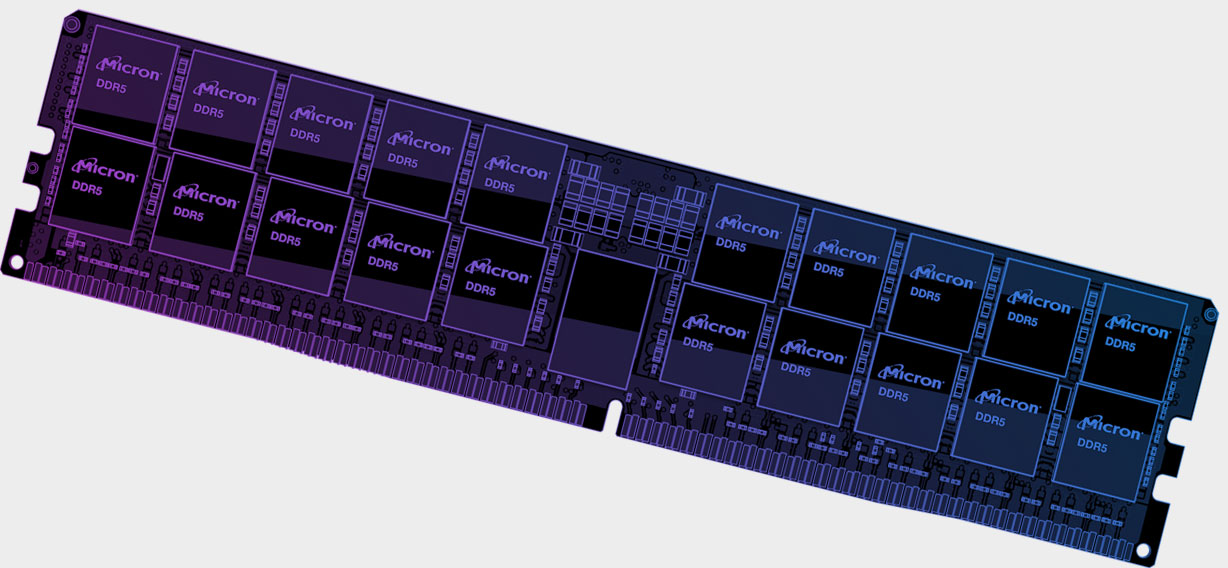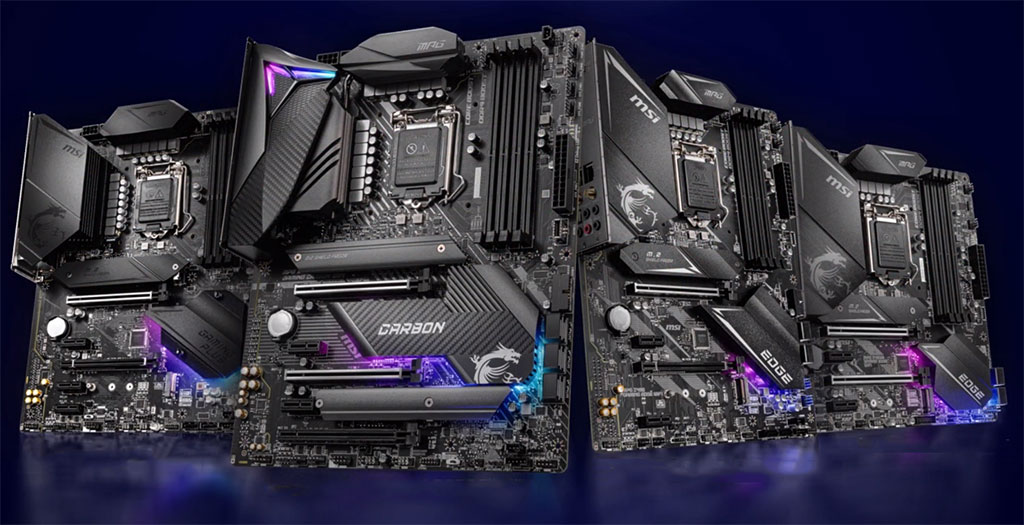DDR5 memory spec is finally official but hold onto your DDR4 RAM modules
The DDR5 specification offers up faster speeds and higher capacities.

At long last, the JEDEC Solid State Technology Association has officially finalized the specification for DDR5 SDRAM, which will serve as a blueprint for memory makers and future CPU platform designs as the industry shifts away from DDR4. However, it won't happen overnight. More on that in a moment.
JEDEC is the industry group that develops and sets open memory standards, and it has more than 300 members, including AMD, Intel, Micron, Samsung, and a host of other major players in the semiconductor industry. JEDEC's job is important because without the recognized standards that emerge, we would potentially have to navigate through a proprietary minefield when building a PC.
Originally, the organization aimed to publish a finalized DDR5 specification in 2018, which potentially would have set the stage for DDR5 modules to arrive in 2019 or this year. That obviously didn't happen, but it's here now, at least on paper.
One of the benefits of DDR5 is support for higher capacities. The specification bumps the chip density fourfold to 64 gigabits. There can be as many as eight dies stacked on a single chip, paving the way for LRDIMM to reach 2TB in capacity. For unbuffered DRAM—the type of memory found in a typical home PC—modules can potentially double in size over DDR4, to 128GB.
The max data rate is doubled as well, from 3.2Gbps to 6.4Gbps (initially, JEDEC anticipates DDR5 modules will launch at 4.8Gbps). So in essence, DDR5 introduces faster memory, and more of it. While 16GB of RAM is generally considered the sweet spot right now, it's conceivable that 32GB will be the recommended amount once DDR5 arrives in earnest.

Best gaming motherboard: the best boards around
Best AMD motherboard: your new Ryzen's new home
In addition to more bandwidth and higher capacities, an interesting change DDR5 introduces is on-chip voltage regulation. As things currently stand, memory module voltage regulation is the responsibility of the motherboard. However, DDR5 modules will have their own voltage regulators to enable what JEDEC calls "pay as you go scalability." This also comes with the promise of better voltage tolerance for improved DRAM yields and reduced power consumption.
As for when we'll actually use DDR5 memory, it won't be this year, and maybe not next year either. AMD has already confirmed its Zen 3-based Epyc "Milan" server CPUs will use DDR4 memory, and we can assume the same is true of its desktop variants.
The biggest gaming news, reviews and hardware deals
Keep up to date with the most important stories and the best deals, as picked by the PC Gamer team.
A few months ago, Gamers Nexus (via TomsHardware), spied an AMD roadmap it received from insider, which pointed to a platform in 2022 as being the first to support DDR5 (and USB4).
In any event, the ball is already rolling, and has been even before the DDR5 specification was finalized. Micron, for example, was sampling DDR5 server memory back in January. Nevertheless, if you build a PC within the next year, it will likely still use DDR4 memory.
Paul has been playing PC games and raking his knuckles on computer hardware since the Commodore 64. He does not have any tattoos, but thinks it would be cool to get one that reads LOAD"*",8,1. In his off time, he rides motorcycles and wrestles alligators (only one of those is true).


